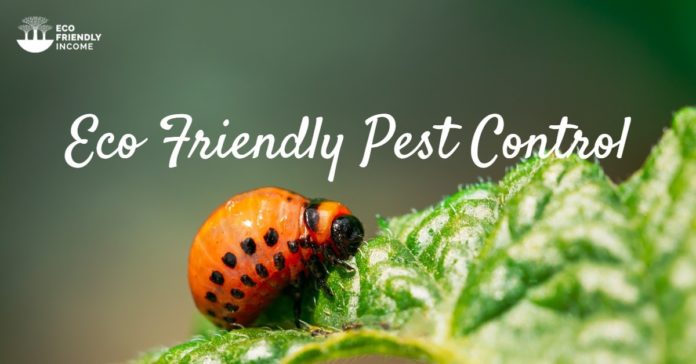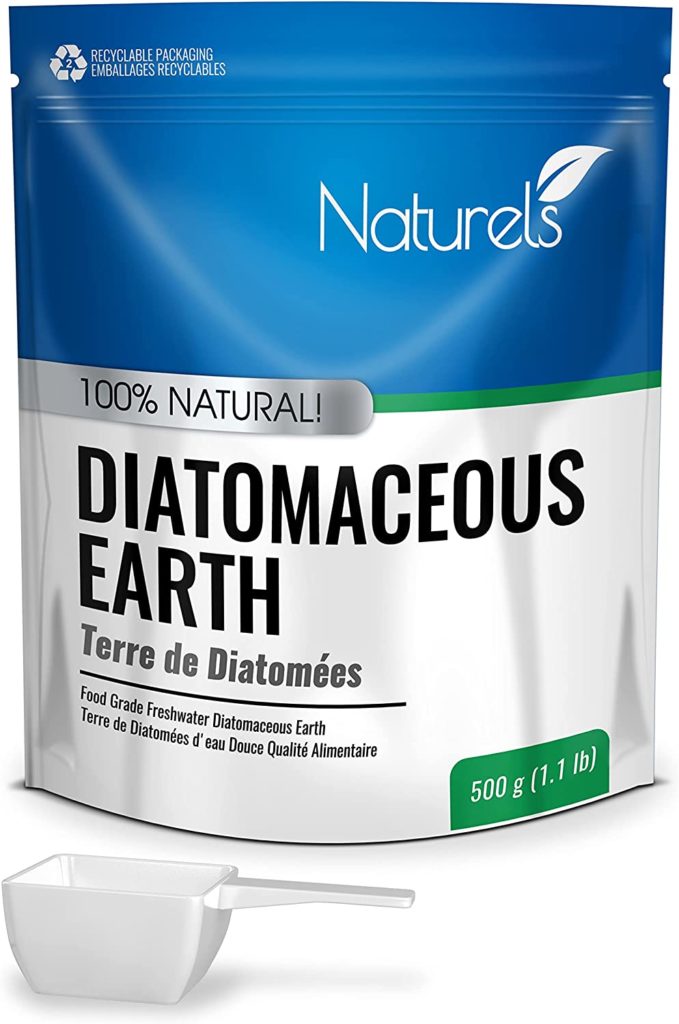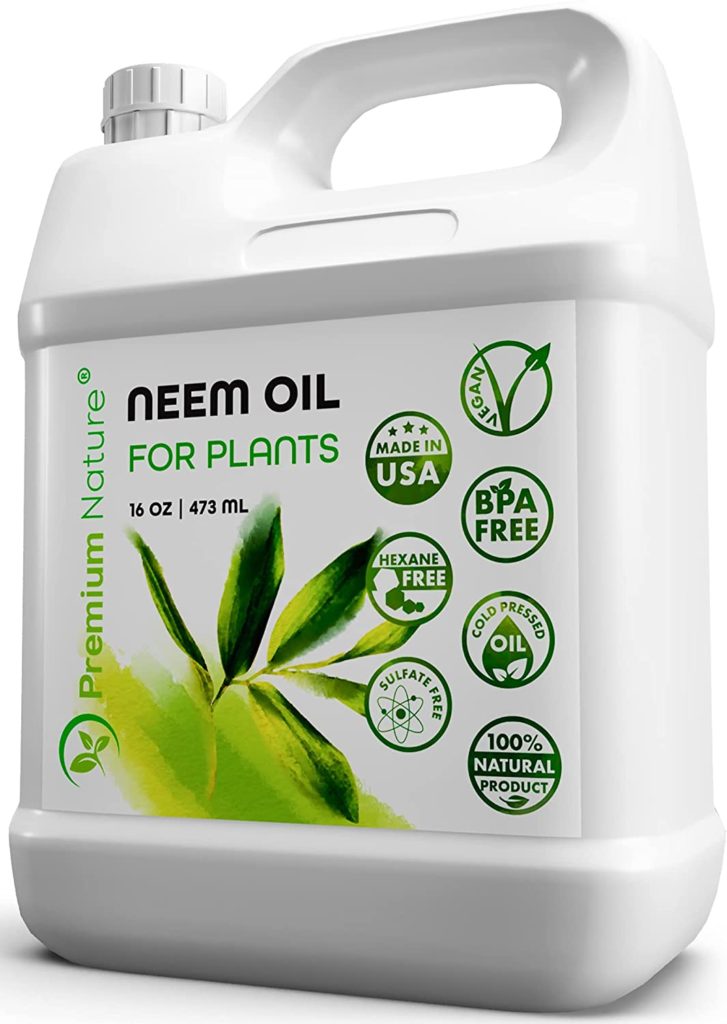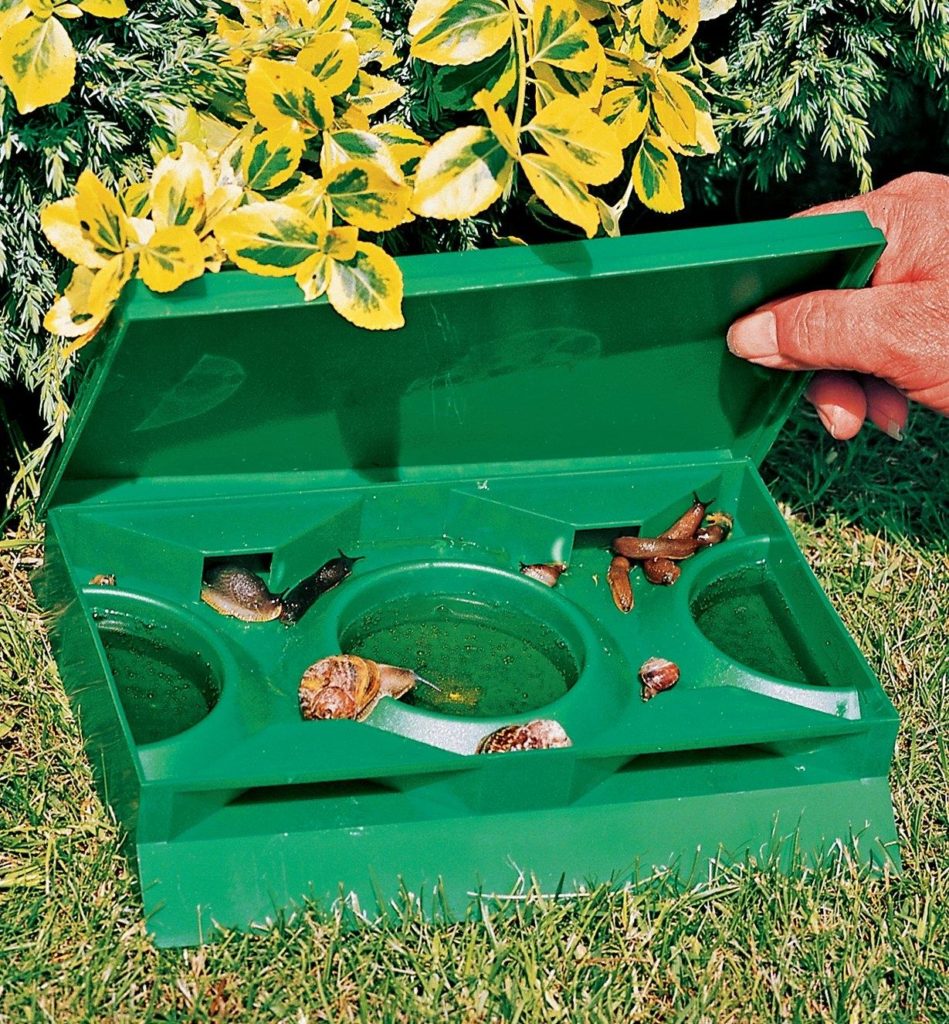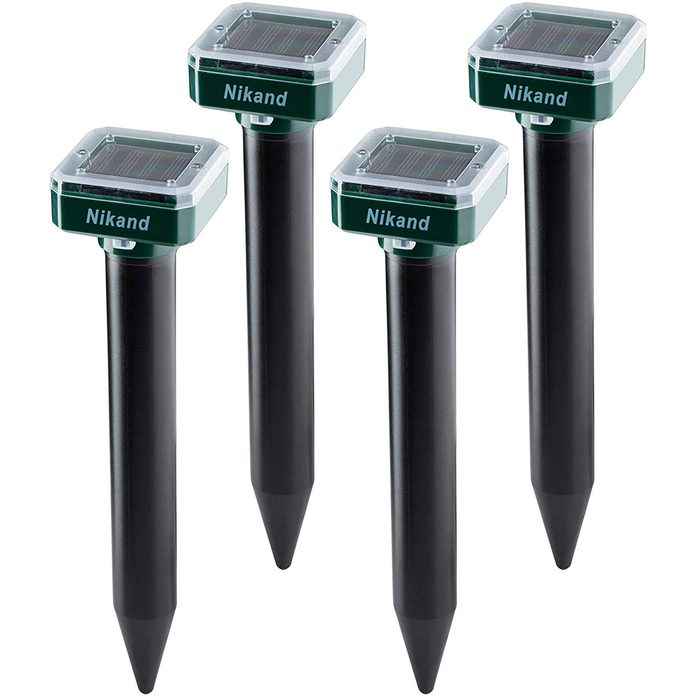This post contains Amazon affiliates links, as an Amazon Associate, eco friendly income earns from qualifying purchases. Your support will help us continue to provide quality content on plant propagation and identification.
Pest infestation is a huge problem in almost every land or garden. Pests destroy crops in a huge manner and this can lead to loss of crops and in turn loss of money. Other pests such as rodents, mosquitoes, and roaches are carriers of bacteria and germs which can cause diseases in households. Some of these diseases might even be life-threatening if not properly treated. With this in mind, it is important to find eco friendly pest control alternatives.
Proper pest control can ensure that your crops and your home are safe, healthy, and clean. Unfortunately, most pesticides are not safe and some have proven to cause cancer to humans. Therefore, there is a need to turn to eco-friendly pest control methods that are safe for your health and for the environment.
Why Chemical Pesticides are Dangerous for You
The manufacturing of chemical pesticides involves the inclusion of chemicals which are able to kill pests faster.
They may contain herbicides for weed control, insecticides for the eradication of insects, and rodenticides for rodent control.
These chemicals are widely available in chemical stores and are easily accessed by homeowners. Most of the time, it might be tempting to use these chemicals if you are facing pest infestation at home. However, it is important to understand the dangers of those chemical pesticides before you even start using them.
Pesticides are toxic to the environment and the following are their effects.
• The residues of pesticides can find their way into the water sources such as rivers, ocean,s or ponds through runoff. This ends up contaminating the water that we drink.
• Chemicals can negatively affect groundwater when it gets through the soil. Groundwater has always been used as drinking water by many households, thus if chemicals get to groundwater, the water becomes unsanitary and might cause health problems.
• After the use of pesticides, they can eventually turn into vapor which gets into the atmosphere and can be easily spread to different areas. This can harm wildlife and people as well.
Your Eco-friendly Pest Control Methods
There are a number of organic pest control method which is not widely advertised. They form a good alternative to chemical pesticides and will not have a negative impact on the environment or on people. The eco pest control methods are suitable for home and the garden.
Natural pesticides are less toxic to the environment, mammals, and aquatic life. Some are very effective natural pest control methods. Before you even start using the eco-friendly pesticides, there is a need to ensure that you have properly prepared your garden before planting. Proper land preparation ensures that you are creating the most hospitable growing environment for your plants.
Simply Said:
A healthy garden is the best natural pest control available. A healthy garden ensures healthy crops which are less likely to attract pests. And even when the crops are attacked they are better equipped to defend themselves against the pests and recover quickly.
When it comes to adopting the best pest control strategy, you need to start by identifying the offending pest. This allows you to adopt a control method that only affects the particular pest. This ensures that you apply a selective control method that will not get rid of beneficial insects.
Natural pest control methods are not fast-acting as chemical pesticides; however, they can be very effective over time. That’s something to go by. Here are the most common options:
1. Insectary Plants
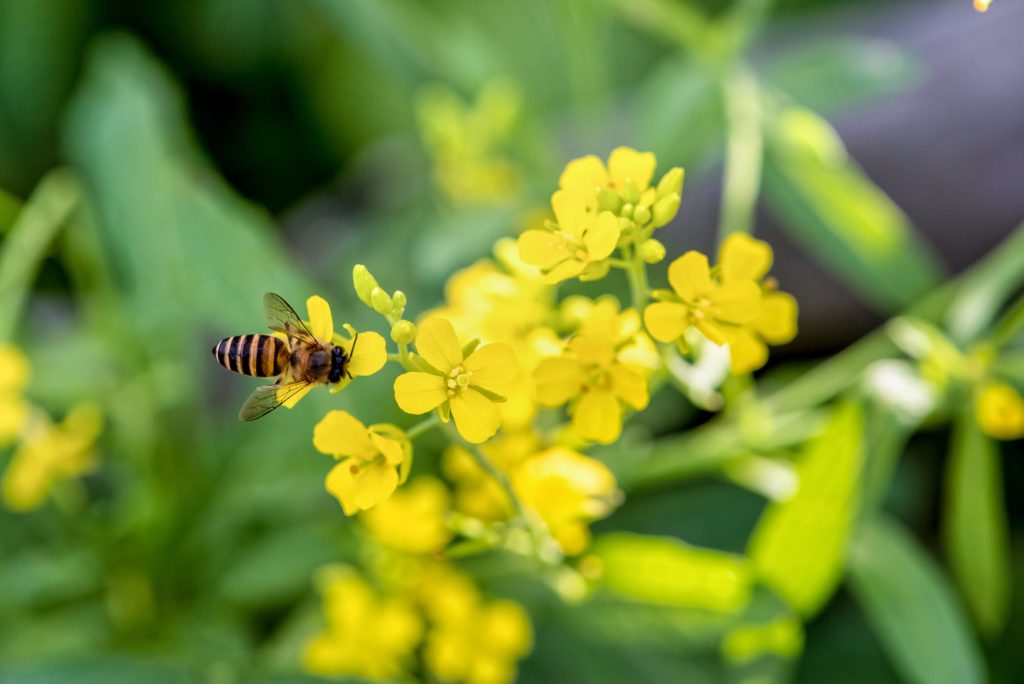
Insectary plants are plants which attract beneficial bugs to your garden. Some of the common insectary plants are mint, rosemary, thyme, and marigold. These plants can produce nectar which attracts the honey bee. The honey been is a good pollinator and helps keep pests at bay.
2. Diatomaceous Earth
This is a very safe powder made from microscopic silica shells of algae. The shells are covered with sharp projections which inflict physical damage to the cuticle of an insect. The pest then leaks vital body fluids resulting in dehydration and eventually death. Interestingly, diatomaceous earth is not poisonous to the pest, but only causes physical damage to the pest.
The treatment works effectively against soft-bodied pests such as trips, caterpillars, root maggots, snails, ants, fleas, and roaches. However, this pest control method is non-selective and can lead to the death of beneficial insects as well.
Diatomaceous earth can be sprinkled to hard-to-reach areas or applied to the soil for ground-dwelling pests or even to the foliage for other pests. When applying to foliage, it is best to do it early in the morning because it adheres to moist foliage.
It’s safe to say that if you want to get rid of pests, diatomaceous earth is a great eco friendly option.
You can get some here:
3. Bring in Birds and Mammals
In your garden, it is important to create a conducive environment that attracts birds and friendly mammals. This improves the appearance of your garden and naturally controls pests and diseases. In addition, you will not need to use synthetic fungicides and insecticides that are harmful to your health. To attract birds to the garden, you can install nesting boxes and bird feeders. The birds will help get rid of caterpillars, snails, slugs, and others pests that harm the crops.
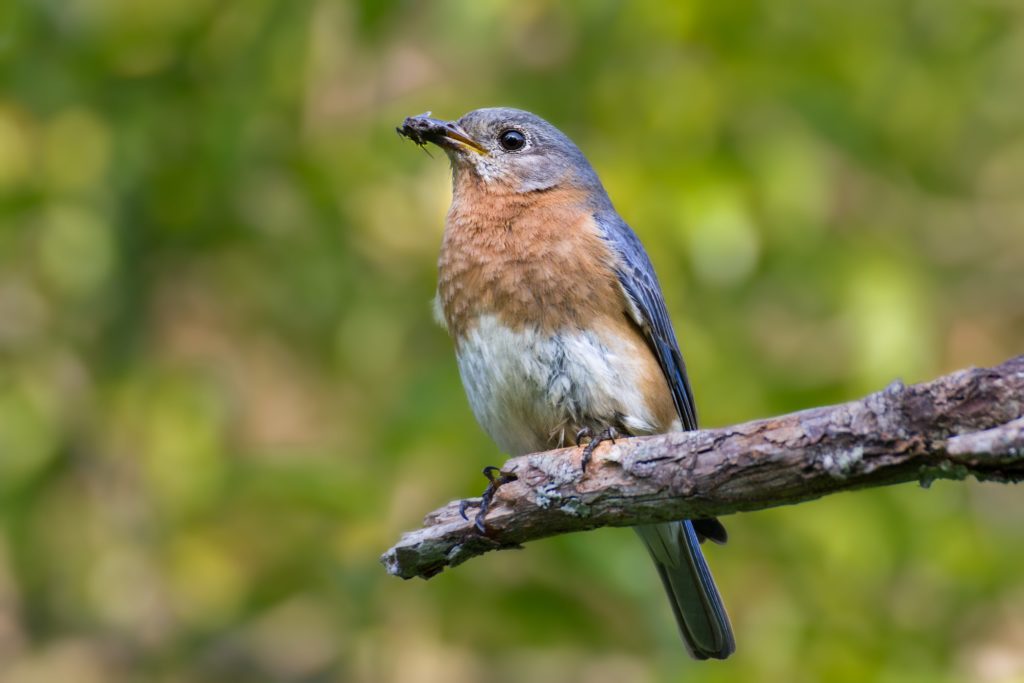
4. Do Mulching
Mulching has always been an essential farming practice. It allows you to work smart rather than hard in your garden. Proper mulching is actually an eco-friendly pest control method. It helps reduce soil damage, prevents the growth of weeds, creates an environment that alters the growth and development of plants, and also reduces the harmful effects of sunlight and rain.
5. Neem Oil
Neem oil is derived from the Neem tree and acts as a poison and repellant for many insects. It also sterilizes certain types of insects, and slow or stops the growth cycle of other insects. Neem oil can be applied as a foliar spray or on the soil and can be used to kill pests such as loopers, aphids, whiteflies, and mealybugs. Also, Neem oil is effective against leaf minors since the plants can take up the Neem extracts through their foliage or the roots.
However, it is important to note that Neem can be toxic when ingested, but it is almost non-toxic to mammals. Neem should only be used when necessary and only on the pests, you are targeting. This will help minimize the death of beneficial insects.
You can find some water-soluble Neem oil online here:
6. Insecticidal Oils
Insecticidal oils work by suffocating the pests. This eco-friendly pest control has been around for a long time. The oil cuts off the oxygen supply to the insects. This pest control method primarily kills the eggs and insects which are not yet fully matured. The oils, however, do affect beneficial insects but are less toxic to them.
Insecticidal oils can be used to control spider mites, mealy bugs, aphids, and psylla. However, before using the products, make sure you read the directions of the application. If you don’t, they can cause some harm to your plants and trees, particularly by causing leaf damage.
7. Repel Birds, Rabbits and Squirrels
Repelling birds, rabbits,
But you know what the best squirrel repellent is for your garden? A cat! Indeed it will give your fluffy one some exercise and entertainment that the little mammals won’t forget.
8. Do Regular Leaf Inspection
One of the best and most effective ways of controlling pests in your garden is by doing regular leaves inspections. If the leaves are unhealthy or appear
9. Get Help from a Professional Pest Control Operator
If you really want to ensure you are using
the right organic pesticide or the best pest control methods in your garden,
you need to get the right advice from a professional. Some solutions may not
work for everyone. This is just one of the many reasons for getting help from a
professional pest control operator. Such professionals will inspect your garden
and recommend the best pest control methods that are not harmful to plants and
your health as well.
10. Use Traps
Fight pests at home with traps, there are all sorts of tools accessible today. Here are a few:
- Lee Valley, for example, sells slug traps you can put in your garden. They’re reusable, easy to set up, and don’t create any waste. Simply place the traps in your garden and check every once in a while to dispose of the snails.
- You can also use solar-powered mole repellers, they get recharged daily and send an electromagnetic signal that keeps moles away. Safe to use around pets and humans.
11. Pyrethrin
Pyrethrins are pesticides found naturally in some chrysanthemum flowers. They are a mixture of six chemicals that are toxic to insects. You can just apply it to your plants, and there’s no harm since it’s a natural product.

Bonus: Two Gardening Techniques That Help You Prevent a Pest Infestation
1. Crop Rotation
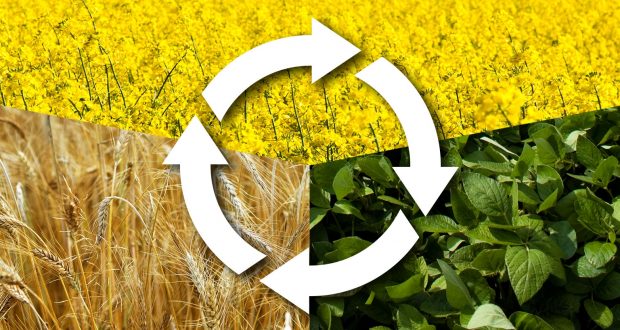
This is a practice that has been used since ancient times. When you rotate crops, you plant different kinds of crops in sequenced seasons.
For instance, if you only had one type of crop growing season after season, the specific nutrient that crop requires would quickly get exhausted from the soil.
Then if you rotate crops that require different nutrients, you ensure those nutrients are replenished since the new crop requires a different ratio of nutrients.
If you only grow one crop all the time, you’re setting up a perfect environment for a pest infestation. They will easily be able to multiply, but if you rotate crops, you make it much harder for the
It’s also been observed that rotating crops mitigate the buildup of pathogens.
Soil erosion is also a problem that becomes quite clear when only growing one type of crop. By planting a variety of crops, their varied root systems will help build stronger soil. Those root systems increase the soil’s biomass and in turn, increase fertility.
Do you like a challenge?
Crop rotation requires a great deal of planning, you have to be aware of your soil type, your climate, the topography, and irrigation.
It’s a challenging technique although the rewards are great and the experience of learning the technique is refreshing. You can learn how to rotate crops with this ultimate guide here.
2. Cover Crops
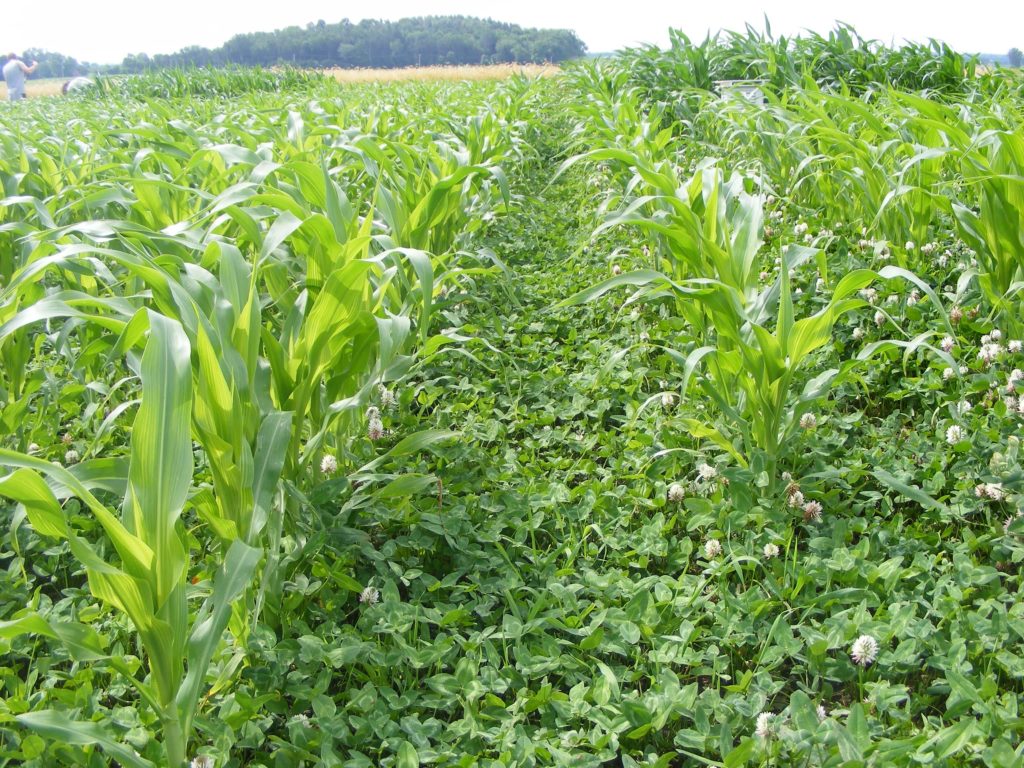
You can plant cover crops to help manage your garden. They are there to maintain fertility, offset soil erosion, increase soil and water quality.
Cover crops are eco friendly because they also increase biodiversity and naturally manage pests and diseases.
You want to plant them during the offseason, for example, winter. Alternatively, they are planted alongside your seasonal crops to keep them healthy.
Cover crops are great to maintain soil fertility, they manage the macro-nutrients and micro-nutrients, maintaining an ideal range. Did you know they can also manage nitrogen levels in your
How most people do it: For the “green manure” crops are as follows: farmers will plant them for a specific period, then plow them under to increase soil biomass. The stalks being pushed underground will create stronger soil and offset soil erosion.
You can find a list of green manure crops here at Natural Society.
Water Management
Soils with cover crops become much stronger and not easily erodible. The best part is it’ll have a much greater ability to hold water.
Your soil won’t drain the water as easily and benefit much more from rainwater, that’s because the water will trickle down slower from topsoil to the dense underground.
Cover crops themselves will also hold a large amount of moisture, therefore, when the farmer is ready to plow them under, they know the moisture will be transferred underground where it will give the next crop an advantage in growth.
Having dense soil biomass is great for soil carbon sequestration, another reason why cover crops are eco-friendly. When you use this technique, you can help the planet by contributing to the reduction of atmospheric carbon dioxide levels.
Weed Management
Cover Crops will compete with weeds during their growth period, you can observe that many germinated weed seeds won’t complete their growth cycle and reproduce when thick cover crop stands are present.
Also, by flattening them instead of plowing them under, you can create a barrier on the surface.
The barrier will prevent most sunlight from reaching the soil layer where weed seeds are attempting to germinate. This can effectively stomp their growth. Even if they manage to germinate, they will often time run out of stored energy, and won’t be able to push through the thick layer of the flattened cover crop.
Conclusion
In order to ensure you adopt the most effective eco-friendly pest control methods for your garden, you need to first identify the problem.
Once the problem is identified, it becomes easier to treat it.
Eco-friendly pesticides are not toxic to the environment and will not cause harm to your health.
Finally, consider hiring a professional pest control operator if you are serious about growing crops. The knowledge they will provide on top of ours will become an invaluable asset to your venture.
Hey! Are you interested in growing trees? We’ve made an ultimate guide just for you: The Tree Farming Guide For Beginners

